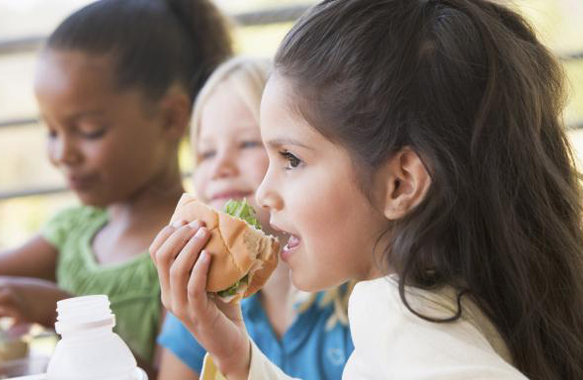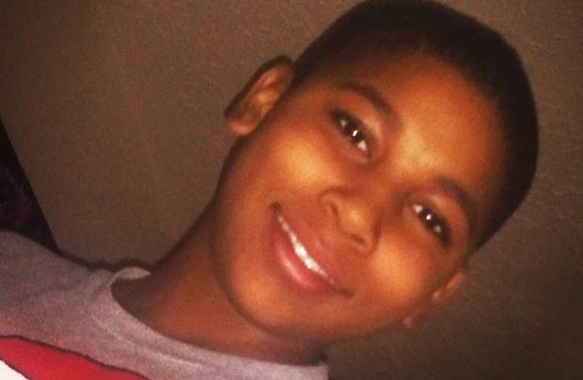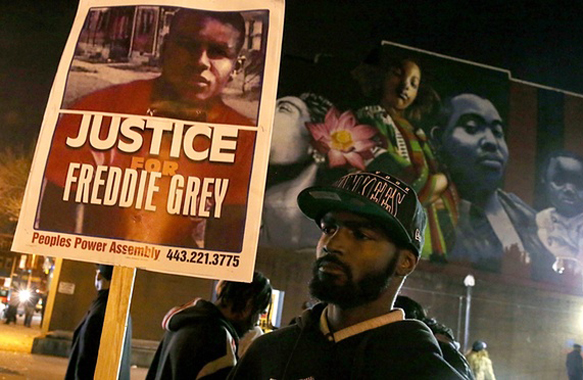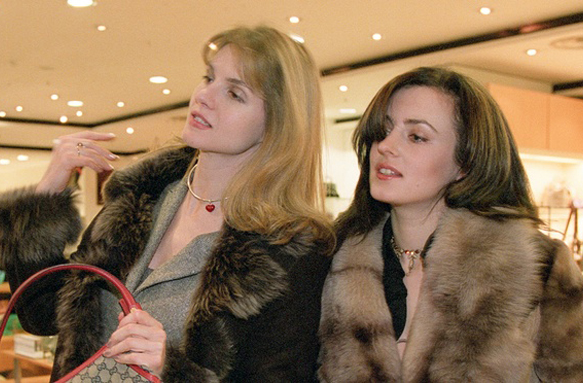Generic image | THINKSTOCK
By Jenée Desmond-Harris | Originally Published at The Root. February 26 2014 1:00 AM
Race Manners: My white preschooler thinks she should do what “kids that are the same color” do at lunch. Help!
“My 3-year-old daughter attends preschool at a public charter in Washington, D.C. The school draws students citywide through a lottery system and is very diverse (a black plurality, with significant Latino and Asian populations). In her classroom of 18, she is one of four white children.
“We opt to pay for the school-provided lunch, for three reasons: 1) Making a lunch every day doesn’t fit our family schedule, 2) It’s cost-effective even when paying full freight at $3 a day and 3) Most of the children at the school eat the school lunch—some because it is subsidized or free based on income qualifications—and we like the social values of a ‘You eat what everyone else is eating’ approach. Yesterday she asked me if she could start bringing her lunch from home. When I asked why, first she said, ‘School lunch is boring’ and then said, ‘Because all of the other kids that are the same color as me
“We’re standing firm on using school lunches, but I feel like I’m missing a teachable moment: She has observed that privilege and choice are often tied to one’s color and status. How can I explain why that is and how it doesn’t match our family’s vision of the world we want to have, in an age-appropriate way?” —Life Lessons for the Preliterate Set
The good news is that your daughter’s observations are normal. There’s nothing to suggest that she’s a budding racist or that she is unusually preoccupied with preschool issues of color and privilege. (In other words, not that it would be the worst thing in the world, but it seems unlikely that you have a tiny, female Tim Wise on your hands.)
Although we think of race as a heavy, adult issue, children naturally tune in to it—all the time.
Researchers say (pdf) that babies nonverbally categorize people by race and gender at 6 months of age, and possibly even earlier. And 2-year-olds can use racial labels to reason about people’s behavior. Guess where many of these studies took place? Diverse schools and day care centers just like yours.
Also, your 3-year-old’s awareness of “kids that are the same color” doesn’t mean you fell down on the job of raising a child who judges classmates by their character. Regardless of what happens at home, children conform to cultural and social norms to help them function in society. It’s how they’re wired (pdf). (Think of how kids whose parents speak with accents often don’t, because of input from outside sources during their language development.)
And it turns out that kids your daughter’s age are experts on categorizing by color, and not just because of all that work with red, yellow, blue and green blocks. Then their little minds engage in what’s called transductive reasoning—when they see people who are alike in one dimension and they presume that they are, or should be, alike in other dimensions as well. (Side note: From now on, when adults can’t let go of racial tropes, we can accuse them of thinking like 3-year-olds.)
On top of all that, children that age are good-enough observers to begin to take the one category that sticks out to them and pick up on the ways in which whiteness is normalized and privileged in U.S. society—even if they probably wouldn’t explain it in those words. (Check out Erin Winkler’s “Children Are Not Colorblind: How Young Children Learn Race” [pdf] for more on all this.)
Melanie A. Killen, a professor of developmental science at the University of Maryland and the author of Children and Social Exclusion: Morality, Prejudice and Group Identity, says she would encourage you to take a step back before assuming that your kid actually gets at this point that “privilege and choice are often tied to one’s color and status.” Your daughter is only seeing patterns and trying to make sense of them, but it’s not clear that she has attached any value judgment (besides “boring”) to school lunches.
Consider simply asking some questions before imparting wisdom, Killen says. Think of yourself as an investigative reporter, or even a law professor using the Socratic method, to encourage her to think critically. Some suggestions:
* “Oh, that’s interesting. And what do you think that means?”
* “I think it’s OK that you eat the same lunch as kids who are a different color. What do you think? Hmm, why is that?”
“Children this age don’t understand variability within the group, so we really have to talk about heterogeneity within the group,” says Killen. And research shows (pdf) that when children are taught to pay attention to multiple attributes of a person at once, their racial biases decrease.
So point out the differences among children who get school lunch that she can see: big kids, little kids; boys and girls.
Try statements that focus on shared interests. “Families who have busy mornings like to choose school lunch instead of making it,” or even, “We choose school lunch because it costs less money, and we need to use our money for other things, and other families do, too.”
Killen also encourages reminding your child that common ground should trump race, like, “Don’t I remember that you like playing with [insert nonwhite classmate’s name]? You get to eat the same lunch as her. Isn’t that great?”
A bonus line: “We get to do what is good for our family. Sometimes that means we can do what people who are different colors do, and we like that.”
Over the next handful of years, as her observations become more pointed and relate more directly to race and inequality, remember that experts say (pdf) it’s important to explain that we live in a world that’s often unfair to people of color, and to make it clear that racial and ethic prejudice and discrimination are part of a larger society that needs reform (and not just something that happened in the past or that only individuals perpetuate).
Inspiring deeper thinking versus stifling curiosity about this unavoidable issue will be key here. Take it from Emily Spangler, the 15-year-old co-director of progresswomen.com, who still remembers how upset she was when, as a 7-year-old, she learned about slavery. Fast-forward less than a decade, and she speaks expertly about the origins of the #feminismisforwhitewomen hashtag and her related understanding that “I’m privileged, I’m white, I’m cis, and we really need to start fighting for racial equality” in feminism.
Much of the credit for her thinking, she told me, goes to parents who opened up to her when she first became aware of our country’s racial history but also made it clear that “racism still happens.” These days, Emily grapples with topics like “why equality for women of color in reproductive rights is so important.” Pretty impressive for a high school sophomore. And it’s not because she never thought about race but because, like your white, observant, totally normal daughter, she did.
The Root’s senior staff writer, Jenée Desmond-Harris, covers the intersection of race with news, politics and culture. She wants to talk about the complicated ways in which ethnicity, color and identity arise in your personal life—and provide perspective on the ethics and etiquette surrounding race in a changing America. Follow her on Twitter.












Leave A Comment